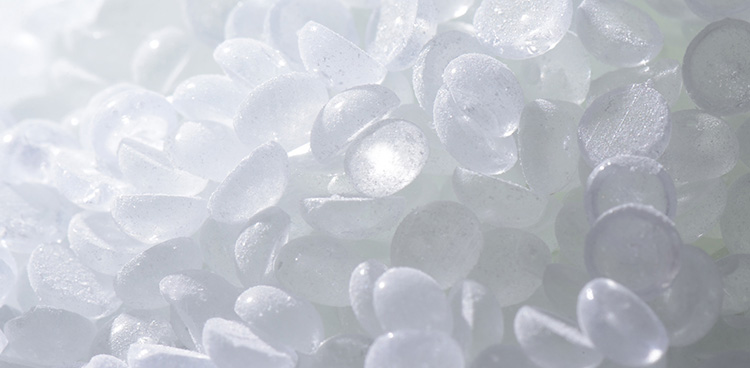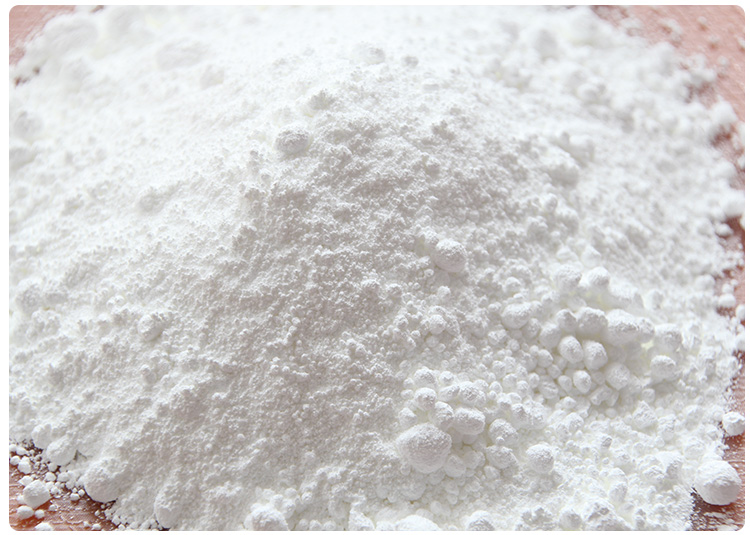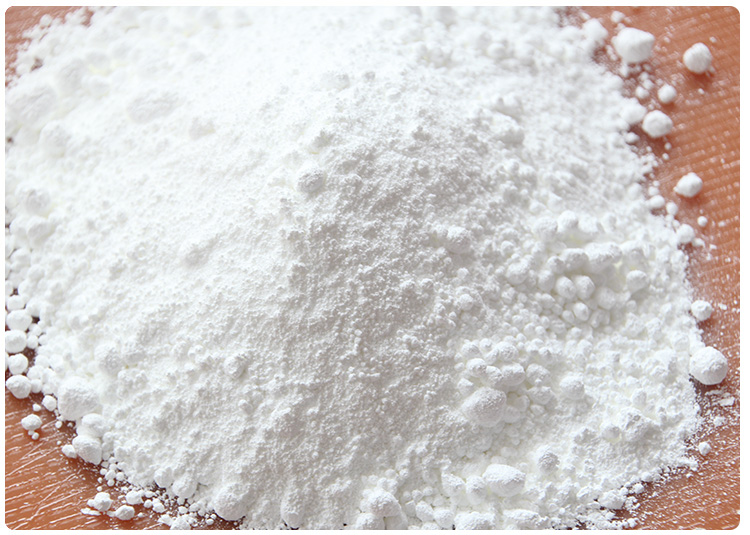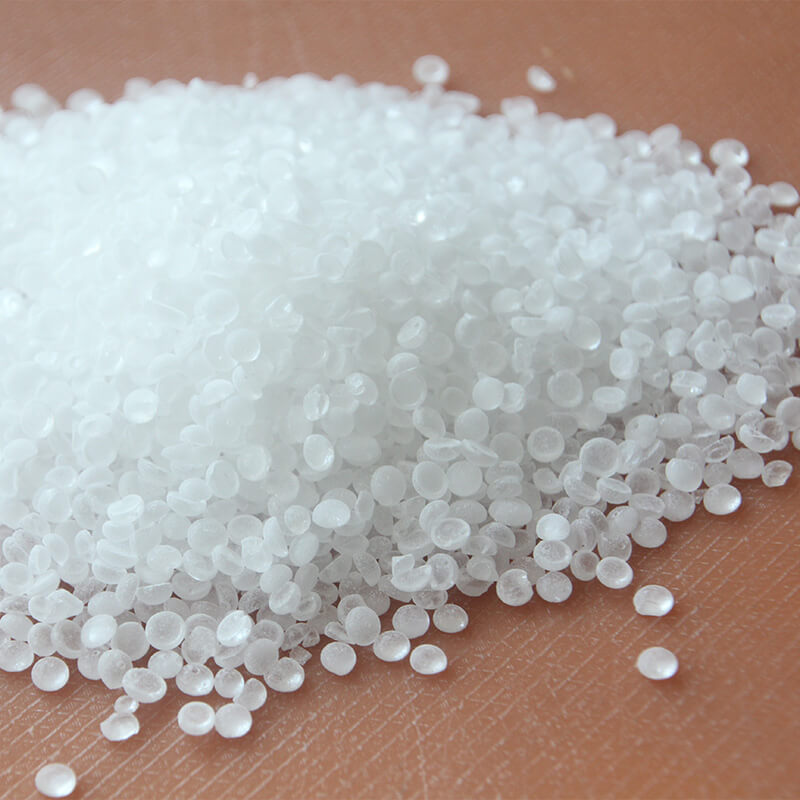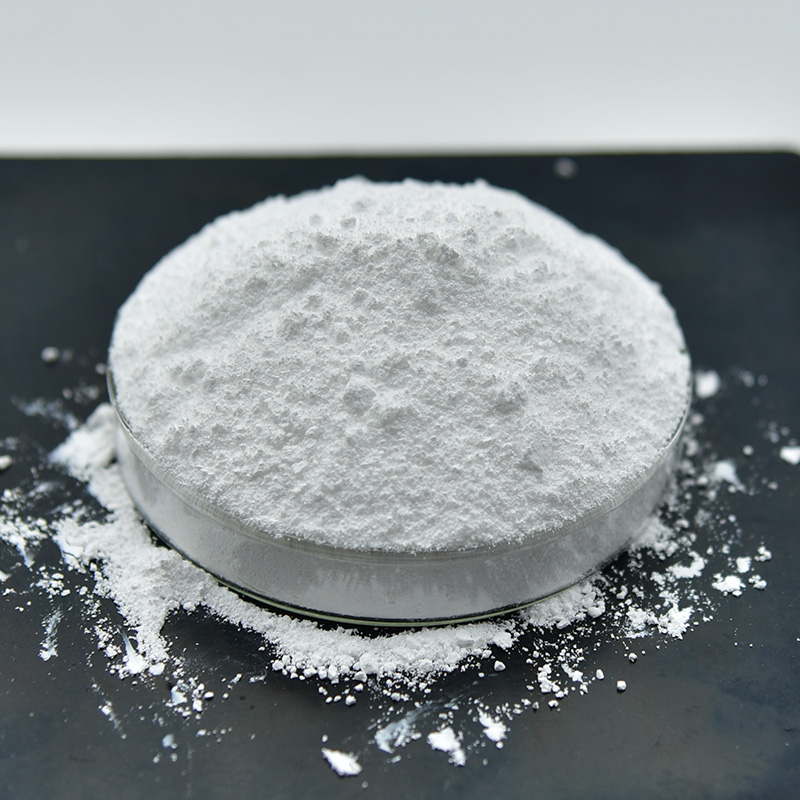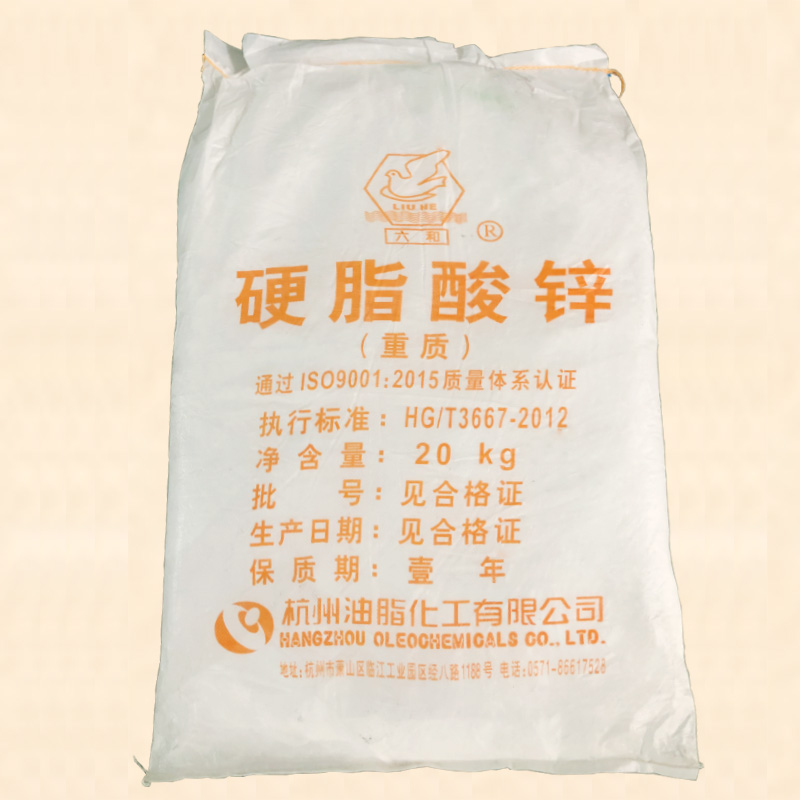Difference between Semi-Hydrogenated Carbon Nine Resin and Fully Hydrogenated
- Mingpai
- 2024-06-19 16:22:47
The distinction between partially hydrogenated and fully hydrogenated C9 petroleum resins lies primarily in their level of hydrogenation and the resulting properties:
Degree of Hydrogenation:
- Fully Hydrogenated C9 Resin: This refers to a complete saturation process where all double bonds within the C9 petroleum resin are converted into single bonds through hydrogenation, enhancing molecular stability.
- Partially Hydrogenated C9 Resin: In this case, only a portion of the double bonds are hydrogenated, leaving some unsaturated bonds intact, creating a product with properties intermediate between non-hydrogenated and fully hydrogenated resins.
Property Differences:
- Fully Hydrogenated C9 Resin exhibits higher melting points, thermal stability, and chemical inertness due to its saturated structure, making it more resistant to oxidation, UV radiation, and chemicals.
- Partially Hydrogenated C9 Resin maintains a balance of properties, preserving some degree of unsaturation. This can lead to better flexibility, compatibility with other materials, and may be preferred in applications requiring a specific balance of properties while still offering improved stability over non-hydrogenated resins.
Applications:
- Fully Hydrogenated C9 Resin is often utilized in high-stability applications such as food packaging, cosmetics, premium coatings, and specialized adhesives due to its enhanced stability and inertness.
- Partially Hydrogenated C9 Resin finds application in areas like coatings, inks, and rubber goods, where a combination of good adhesion, weather resistance, and processing performance is needed.
The choice between partially and fully hydrogenated C9 resins depends on the specific requirements of the end product, including stability demands, the application environment, and overall cost-effectiveness.
